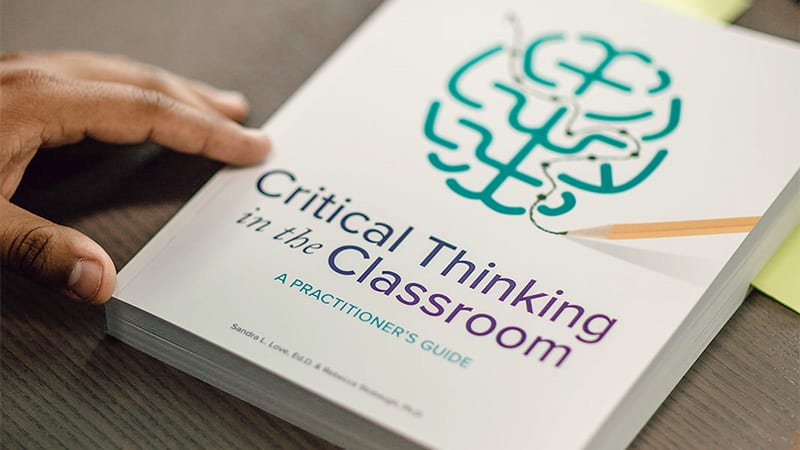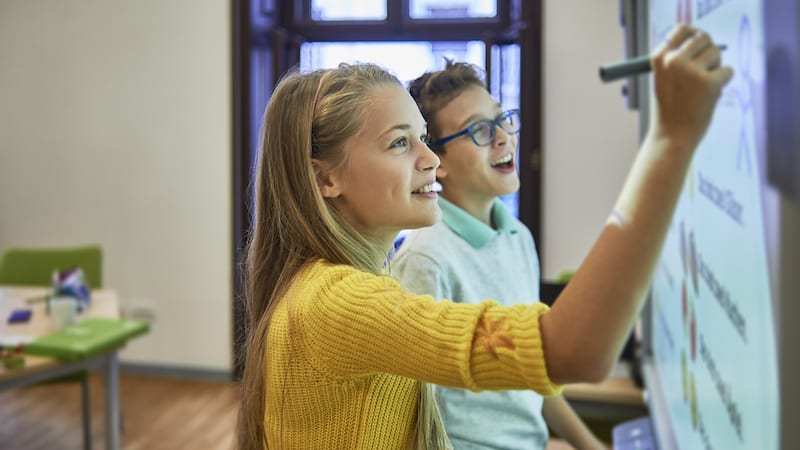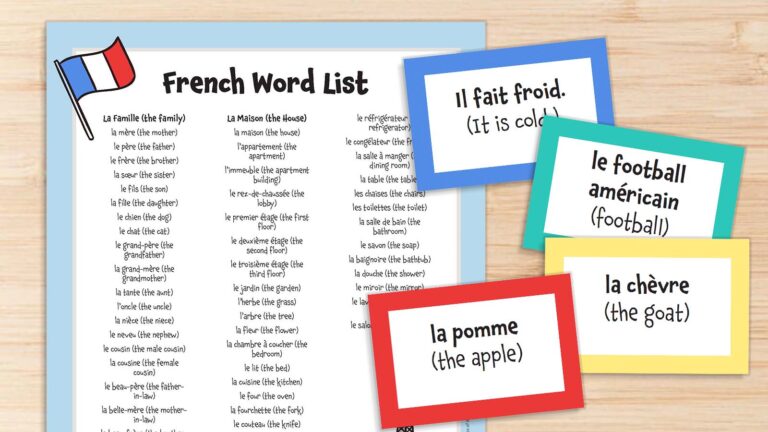It’s easy to resort to having kids be seated during most of the school day. But learning can (and should) be an active process. Incorporating movement into your instruction has incredible benefits—from deepening student understanding to improving concentration to enhancing performance. Check out these critical thinking activities, adapted from Critical Thinking in the Classroom , a book with over 100 practical tools and strategies for teaching critical thinking in K-12 classrooms.
Four Corners
In this activity, students move to a corner of the classroom based on their responses to a question with four answer choices. Once they’ve moved, they can break into smaller groups to explain their choices. Call on students to share to the entire group. If students are persuaded to a different answer, they can switch corners and further discuss.
Question ideas:
- Which president was most influential: George Washington, Thomas Jefferson, John Adams, or Abraham Lincoln?
- Is Holden Caulfield a hero: Strongly Agree, Agree, Disagree, or Strongly Disagree?
Gallery Walk
This strategy encourages students to move around the classroom in groups to respond to questions, documents, images, or situations posted on chart paper. Each group gets a different colored marker to record their responses and a set amount of time at each station. When groups move, they can add their own ideas and/or respond to what prior groups have written.
Gallery ideas:
- Political cartoons
- Paintings
- Quotes
Stations
Stations are a great way to chunk instruction and present information to the class without a “sit and get.” Group desks around the room or create centers, each with a different concept and task. There should be enough stations for three to five students to work for a set time before rotating.
Station ideas:
- Types of rocks
- Story elements
- Literary genres
Silent Sticky-Note Storm
In this brainstorming activity, students gather in groups of three to five. Each group has a piece of chart paper with a question at the top and a stack of sticky notes. Working in silence, students record as many ideas or answers as possible, one answer per sticky note. When time is up, they post the sticky notes on the paper and then silently categorize them.
Question ideas:
- How can you exercise your First Amendment rights?
- What are all the ways you can divide a square into eighths?
Mingle, Pair, Share
Take your Think, Pair, Share to the next level. Instead of having students turn and talk, invite them to stand and interact. Play music while they’re moving around the classroom. When the music stops, each student finds a partner. Pose a question and invite students to silently think about their answer. Then, partners take turns sharing their thoughts.
Question ideas:
- How do organisms modify their environments?
- What is the theme of Romeo and Juliet?
Looking for more critical thinking activities and ideas?

Critical Thinking in the Classroom is a practitioner’s guide that shares the why and the how for building critical thinking skills in K-12 classrooms. It includes over 100 practical tools and strategies that you can try in your classroom tomorrow!


